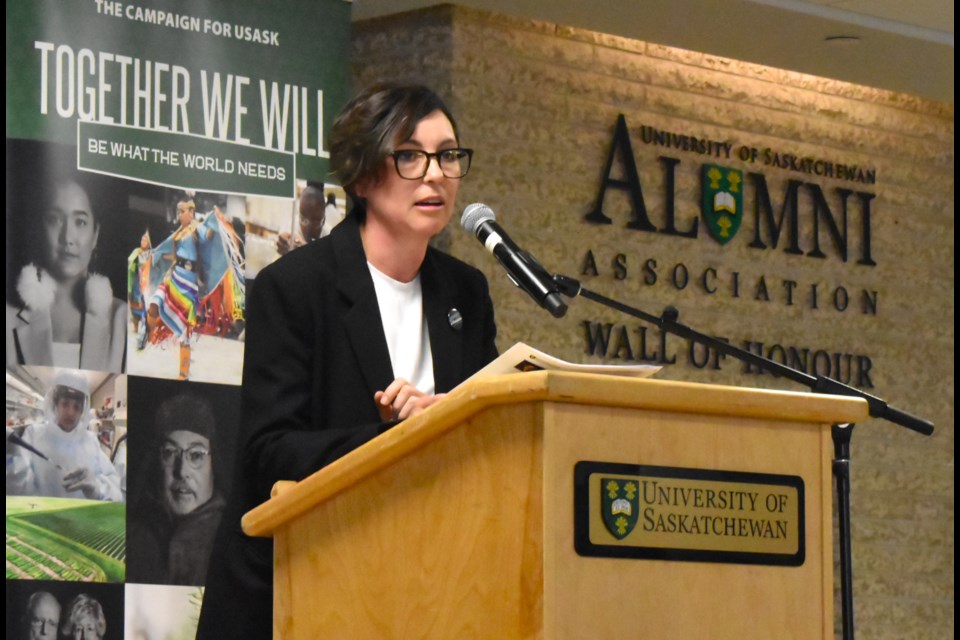"Organic turf is harder than pesticides, you just spray its easy"
Nancy Alderman
"Pesticides Used on Turf Do Not Meet Same Standards as Pesticides Used on Foods"
Nancy Alderman
The Town of Madison testified that it had actually worked with Dr. Jerry Silbert, who opposes any change to the current law, to learn and utilize his "non-toxic" program to pest management. 18 months later, the town is experiencing significant pest problems and has no adequate means to address it.
Legislative Alert #12-27 attached below
Slide Presentation uses Chip Osborne's bogus Facts on Organic Vs Synthetic Pesticides.
Nancy Alderman, President of Environment and Human Health, Inc. and Doug Wood, Associate Director of GRASSROOTS Environmental Education visit Stream of Conscience to discuss Connecticut's two year-old pesticide ban and the effort by municipalities and the pesticide industry to roll back this landmark legislation.
The Watershed Partnership
Addendum
To Testimony at the Environment Committee’s
Public Hearing, February 25, 2013
From Jerry Silbert, M.D.
Executive Director
The Watershed Partnership.
Dear Senator Meyer, Representative Gentile, Senator Chapin, Representative Shaban, and honorable members of the Environment Committee:
I was present at the public hearing on February 25, 2013 and heard testimony opposed to a number of pesticide bills that was incorrect and I did not have an opportunity to address in my written testimony. I would appreciate the opportunity to address these issues so you can see the another side of the story.
Introduction:
In this addendum you will find detailed information about toxic pesticide-free turf care. But my overriding concern is the health of children, or for that matter any of us, that can be exposed to toxic lawn pesticides. There is no need to put children and pregnant women unnecessarily at risk from toxic lawn pesticides when there are cost effective ways of maintaining both fields and lawns in good condition and suitable for their designated use.
There was testimony, by those who want to use toxic lawn pesticides, claiming that non-toxic alternatives are insufficient to maintain fields and that the use of toxic pesticides is needed to do their job.
I know that toxic pesticide-free care can be successful. I have seen the successes with my own eyes and documented it with photos. I could say that I am puzzled by their failures, but I am not. I pretty much know what happened. Groundskeepers and pesticide applicators had three years to transition to toxic pesticide-free care. Three years to restore the soil to its natural fertility by aerating, top dressing with compost, overseeding, using organic fertilizer, and cutting back on toxic pesticides.
Groundskeepers and applicators were offered courses in organic lawn care, for free or at minimal cost, by the Northeast Organic Farming Association, by Audubon Connecticut, and by Grassroots Environmental Education. Considering the number of school districts in Connecticut I estimate about 25% took advantage of this training. Most groundskeepers and applicators, including those who took the training, simply continued to treat the fields as usual with pesticides and high nitrogen fertilizers. This type of care degrades the soil and makes the grass roots weak and dependant on high nitrogen fertilizer. The turf becomes more susceptible to disease and stress. Then, when time came to stop using pesticides, they stopped. The grass could not withstand the stress of play and hardier weeds populated the bare spots. Without the use of herbicides the grass could not compete with the weeds in the degraded soil and the fields deteriorated.
I remember clearly when the school lawn pesticide ban went into effect what the then head of the Connecticut Recreation and Parks Association’s Legislative Committee said. “Ultimately, it may take the destruction of our fields, despite our best efforts, to show the legislators the error of their ways.” And many fields did deteriorate. BUT NO “BEST EFFORT.” WAS MADE. It was because those responsible lacked the knowledge and/or the motivation to make a best effort.
Jerry Silbert, M.D., Executive Director 155 White Birch Drive, Guilford, CT 06437
Telephone: (203) 453-8537 Email: waterpartnership@sbcglobal.net
EXTRA STUFF:
Ray Favreau, director of the South Windsor Parks & Recreation, said since passing the ban “we, as public grounds care takers, have lost critical tools from our professional tool box.”
He said it’s akin to taking a stethoscope away from a doctor, or a socket wrench away from a mechanic.
William McMinn, director of facilities for Madison Public Schools, said they’ve made an effort to address the ban on pesticides and have met with Dr. Silbert and The Watershed Partnership many times, but despite these efforts “within 18 months, we had a substantial change in the turf thickness on the athletic fields.”
“Weeds were out of control around the buildings and landscape beds,” McMinn testified in February. “It is my opinion that the fields will get worse, not better if we do not change the law to allow the comprehensive and effective IPM programs.”
But Bart Russell, executive director of the Connecticut Council of Small Towns, told the Planning and Development Committee that he strongly supports the bill because towns need the flexibility to manage athletic fields to protect the safety of student athletes and protect their “considerable investment” in developing fields and grounds. He calls IPM critical to maintaining a “level playing field,” free from holes, bumps and clumps of weeds that may cause injuries to young athletes or trigger allergies and/or asthma attacks.
http://www.ctnewsjunkie.com/archives/entry/school_pesticide_ban_faces_rollback_threat/
Mr. Schipani felt the Commission would like to hear both sides of
the story before making a decision, especially as he had heard the program was not so successful in
Cheshire. Dr. Silbert replied that the main football field in Cheshire was overused and so it was not
possible to keep it in good condition.
http://www.ci.guilford.ct.us/agenda-minutes/minutes-pdf/2010/parks-recreation-commission-6-07-10.pdf
![]()




